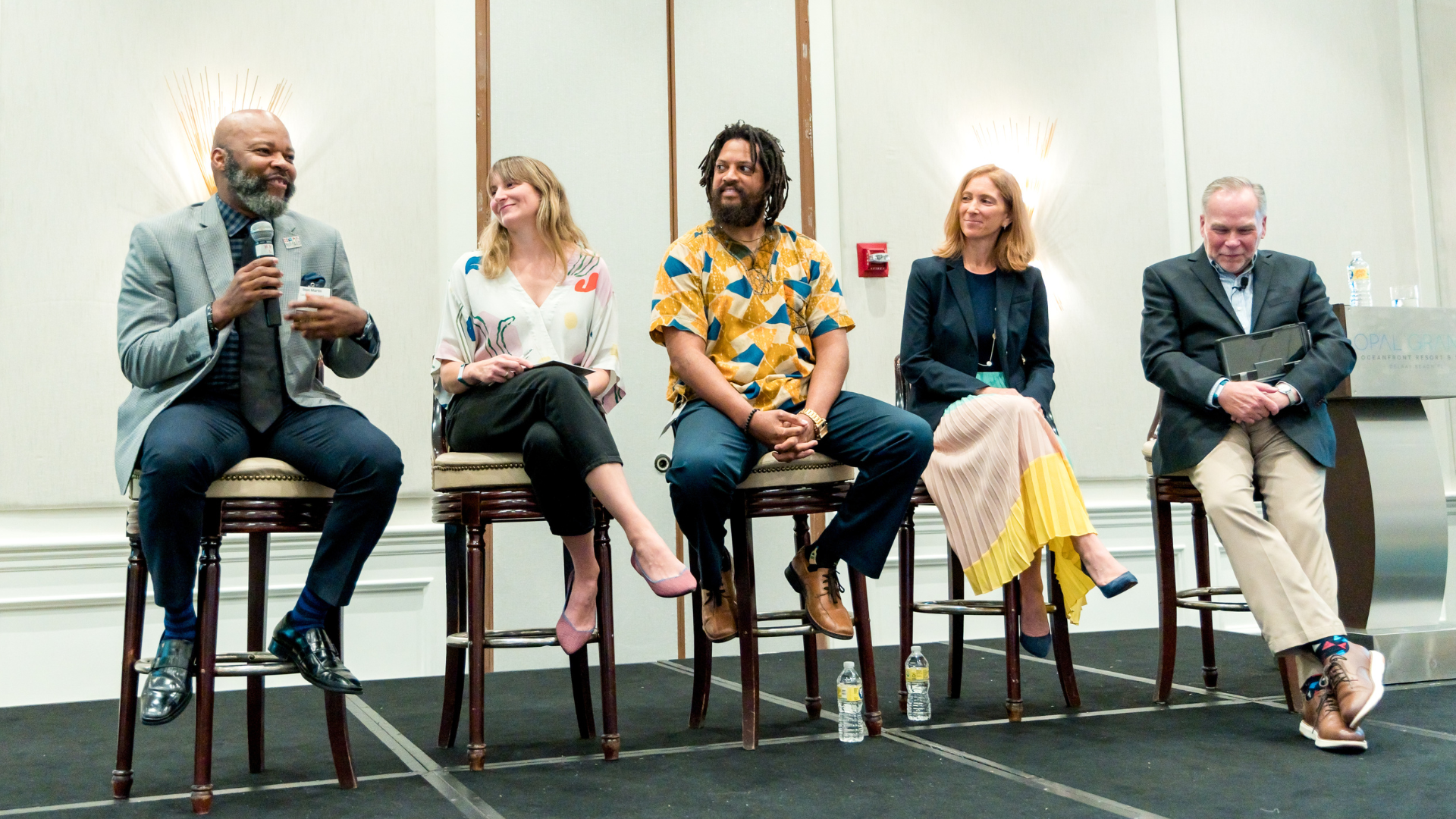
Those of us engaged in the work of Collective Impact (CI) know that, having this clear and comprehensive framework, is an essential roadmap for effectively tackling complex issues. However, applying the CI Framework to your own issue and developing wide consensus around a plan of action can still be challenging work. If you find yourself nodding in agreement to the previous statement, then you will want to be sure to read my latest paper, Developing Collective Impact Strategies in which I share tools and approaches designed to help with the development of collective impact strategies.
This resource is meant to serve as a guide for you and your colleagues as well as to stir your thinking. For example, the first task of any collective impact initiative is to define its common agenda. In reality, this is hardly a linear process. Rather bringing a diversity of stakeholders, from different sectors, together is often messy work whose clarity only emerges after several iterations. Being intentional during this dialogue phase of making effective use of both divergent to convergent thinking is just one of the ways highlighted to encourage groups to move towards clarity regarding their common agenda and shared aspiration.
Agreement on a common agenda is an important milestone for any Collective Impact Initiative. However it is only a first step. Next the group must agree upon a set of strategies for action that connect the 5 conditions of Collective Impact, and then identify shared measures related to them. At this stage of development, the use of clear strategy criteria can bring clarity to this process and ensure that the overall action plan for your CI Initiative is comprehensive.
The development of effective strategies within your overall CI Action Plan is another critical success factor for a robust and effective Collective Impact effort. My definition of an “effective strategy” is: An effective strategy identifies a solution and a goal, how it will be pursued by whom, who is being targeted, and a frame that identifies both scope and boundaries.” In my experience, the details of how to bring a strategy to life become easier to grasp if the overarching strategy statement covers necessary ground at a high level.
In outlining this approach to strategy development, my hope is that it can help you in the development of your own Collective Impact effort. Overall, my advice to you is to think of Collective Impact, like all methods or models, as a framework, not a prescription. Make it your own. Draw from your own experience to find ways that are alive for you and your colleagues. And, remembering that Collective Impact is an evolving field of practice, I welcome any comments or ideas on how to improve upon what I have offered above, I am keen to hear them.
Learn More
- Read Developing Collective Impact Strategies by Mark Holmgren
- Share your ideas and feedback on this paper with Mark Holmgren via email: mark@tamarackcommunity.ca
- Find more resources on Collective Impact at tamarackcommunity.ca
- Join Mark and the Tamarack Team at the Community Change Institute - Cities of the Future: Co-Creating Tomorrow – Sept. 25-29, 2017 in Vancouver, BC





